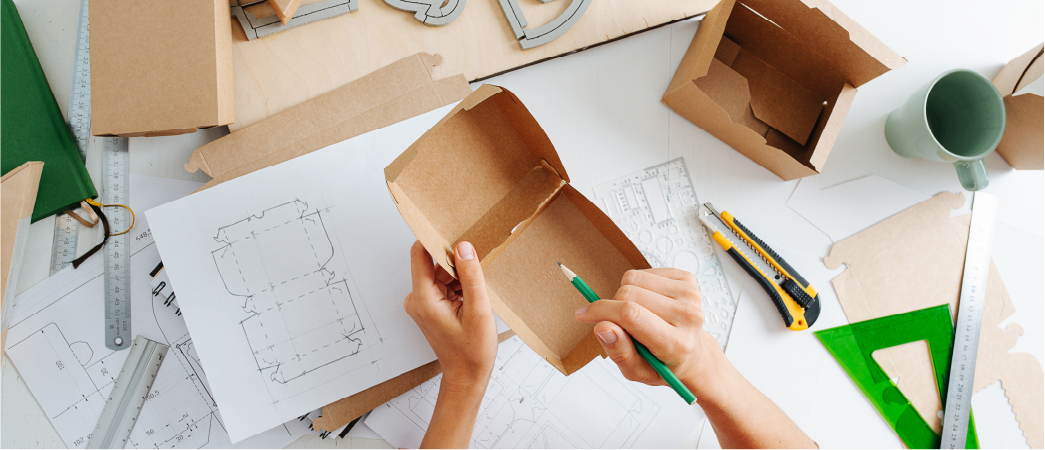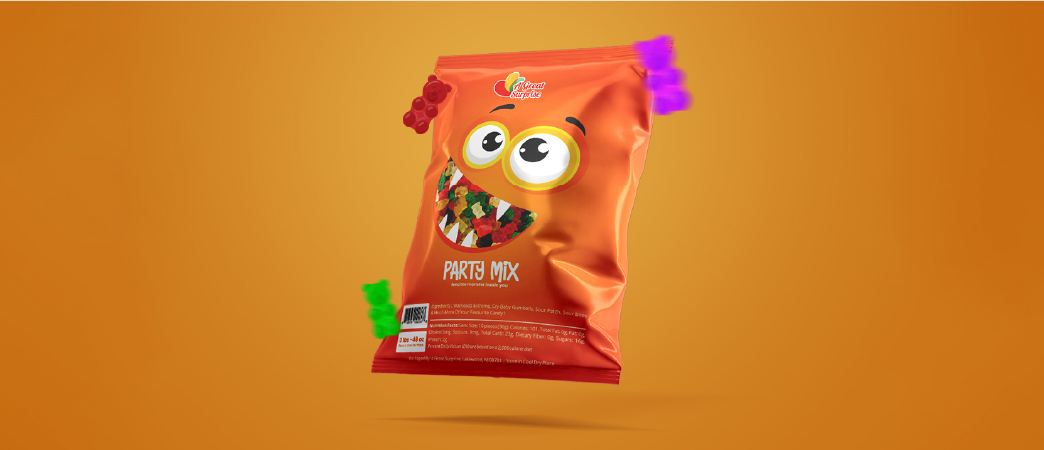
0%

Share
July 21, 2023
In today’s competitive marketplace, product packaging has become an essential aspect of brand identity and marketing strategy. We at Pixenite, understand the value of distinctive product packaging design in today’s highly competitive retail environment. A well-designed package can captivate consumers, communicate brand values, and differentiate a product from its competitors. This blog explores the art and science behind product packaging design, highlighting key considerations, trends, and the impact it has on consumers’ perceptions and purchasing decisions.
Product packaging design holds immense power in making a memorable first impression on consumers. It must quickly grab attention and evoke emotions, shaping consumer perception. Effective packaging aligns with a brand’s identity, values, and target audience, differentiating it from competitors. Simplicity and clarity help consumers understand the product’s features and convey professionalism. Sustainable packaging reflects consumers’ environmental concerns and showcases a brand’s commitment to sustainability.
Compelling packaging tells a story, forging an emotional connection with consumers and influencing purchasing decisions. Functionality ensures product protection, ease of use, and customer satisfaction. Innovative packaging desi gn sets products apart, capturing attention and generating excitement. Considering cultural nuances in global markets is essential to avoid misinterpretations or negative associations. Ultimately, product packaging design has the power to leave a lasting impact and build strong brand-consumer relationships.
Let’s explore the stages of packaging design and how a well-executed design can help brands communicate their essence concisely.

The first stage involves understanding the brand’s values, target market, and competitors. Thorough research is conducted to understand the brand’s values, target market, and competitors. This stage helps designers gain insights into the brand’s unique selling points and define the strategic direction for the packaging design. It involves studying consumer preferences, market trends, and competitor analysis.

Based on research insights, designers generate multiple concepts that reflect the brand’s identity and resonate with its audience. These concepts explore different visual elements, colors, typography, and imagery. The goal is to create options that capture the essence of the brand and resonate with the intended audience.

During concept development, it’s crucial to consider the brand’s voice and incorporate it into the packaging design. The design should convey the brand’s personality, whether it’s bold and energetic or minimalist and sophisticated. Packaging design should maintain consistency across a brand’s product line, creating a cohesive visual identity that reinforces brand recognition. Consistent elements like colors, fonts, and logo placement help establish a strong brand presence.

In a crowded marketplace, simplicity is crucial for a packaging design to stand out. A to-the-point design conveys the brand’s message and value proposition clearly and succinctly. By eliminating unnecessary clutter and focusing on key elements, the packaging design can make an immediate impact, capturing consumers’ attention and piquing their curiosity.

Once a concept is selected, designers move on to the visual execution phase. They refine the design elements, create detailed mock-ups, and consider factors such as packaging materials, sustainability goals, and functional requirements. This stage involves fine-tuning the visual aspects of the design to ensure its effectiveness and aesthetic appeal.

Designs go through multiple iterations and receive feedback from various stakeholders. This can include the brand team, marketing experts, focus groups, or even potential consumers. Incorporating feedback helps refine the design, address any concerns, and ensure that the final packaging design aligns with the brand’s vision and meets the expectations of the target audience.

The latest trends in packaging design focus on minimalism, personalization, convenience, and sustainability. Consumers are drawn to clean and simple aesthetics, personalized packaging experiences, and convenient solutions. There is an increasing demand for sustainable and recyclable materials to reduce environmental impact. Creative fonts, vibrant colors, and transparent packaging are also gaining popularity. The industry is driven by innovative materials and technologies that enhance product preservation and improve user experience. The global packaging market is expected to grow at a compound annual growth rate of around 3.94% from 2023 to 2030, fueled by factors such as increased consumption, e-commerce expansion, and technological advancements in packaging solutions.
The stages of packaging design are a carefully orchestrated journey that combines research, creativity, and brand strategy. A product packaging design agency like Pixenite can help your brand by integrating a brand’s voice into the design. Packaging becomes a powerful tool for communication, capturing attention, and leaving a lasting impression. A concise and impactful design ensures that the packaging aligns with the brand’s essence, resonates with the target audience, and helps build a strong brand identity in the minds of consumers.
